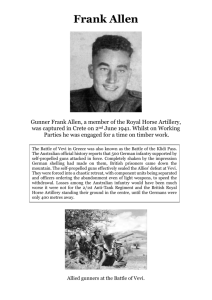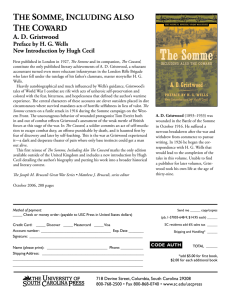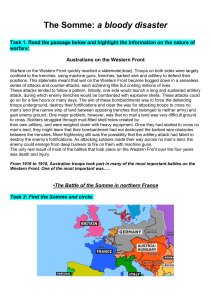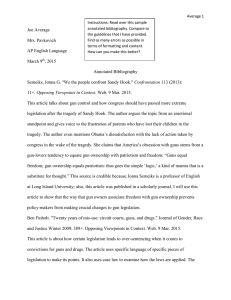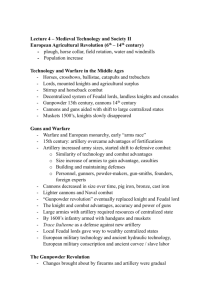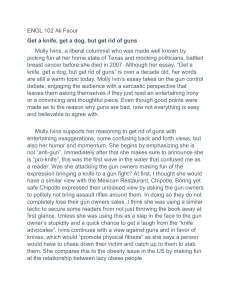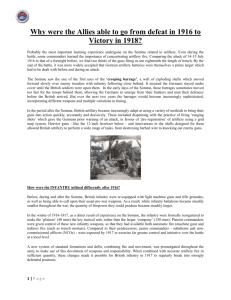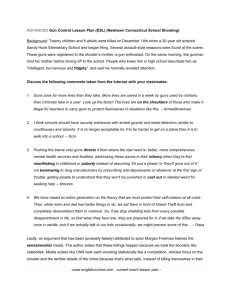how useful ws
advertisement
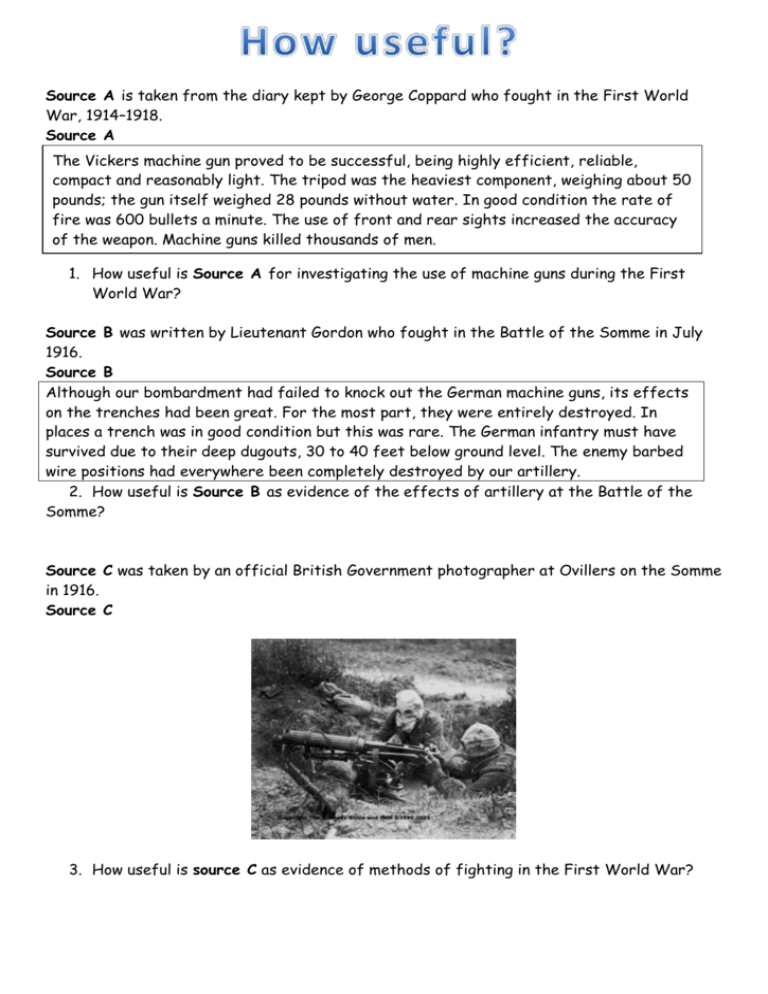
Source A is taken from the diary kept by George Coppard who fought in the First World War, 1914–1918. Source A The Vickers machine gun proved to be successful, being highly efficient, reliable, compact and reasonably light. The tripod was the heaviest component, weighing about 50 pounds; the gun itself weighed 28 pounds without water. In good condition the rate of fire was 600 bullets a minute. The use of front and rear sights increased the accuracy of the weapon. Machine guns killed thousands of men. 1. How useful is Source A for investigating the use of machine guns during the First World War? Source B was written by Lieutenant Gordon who fought in the Battle of the Somme in July 1916. Source B Although our bombardment had failed to knock out the German machine guns, its effects on the trenches had been great. For the most part, they were entirely destroyed. In places a trench was in good condition but this was rare. The German infantry must have survived due to their deep dugouts, 30 to 40 feet below ground level. The enemy barbed wire positions had everywhere been completely destroyed by our artillery. 2. How useful is Source B as evidence of the effects of artillery at the Battle of the Somme? Source C was taken by an official British Government photographer at Ovillers on the Somme in 1916. Source C 3. How useful is source C as evidence of methods of fighting in the First World War? Source D is a photograph of Nazis enforcing the boycott of Jewish-owned shops in 1933. The poster says “Germans fight back. Buy nothing Jewish.” Source D How useful is Source D as evidence of the way the Nazis treated Jewish people?

